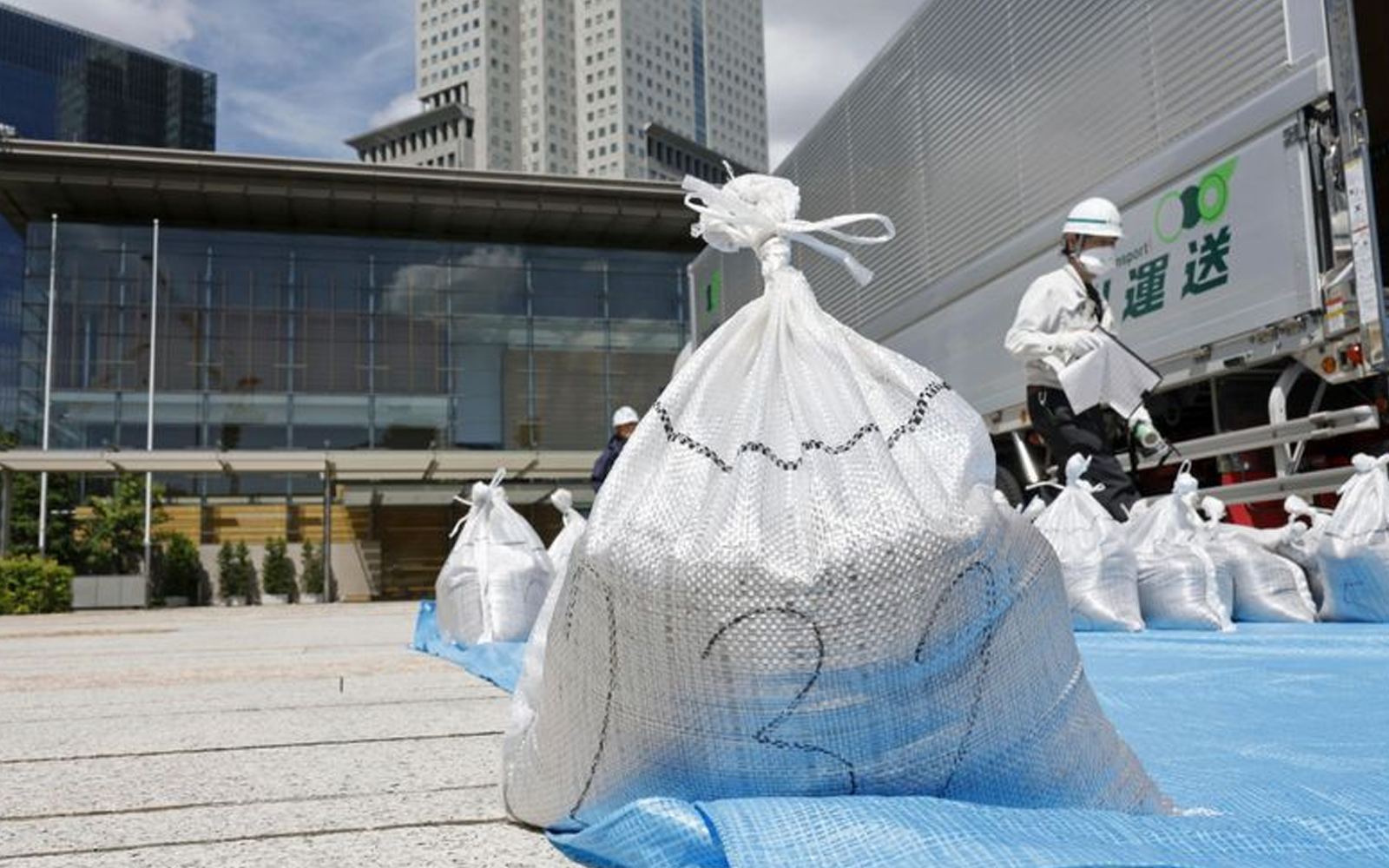
The European Central Bank (ECB) has cut interest rates for the first time in nearly five years, warning that further reductions will depend on the easing of price pressures.
Thursday’s rate cut from 4% to 3.75%, not mirrored by central banks in the US and UK, marks a milestone in the fight against inflation following the largest price surge in several years.
ECB President Christine Lagarde stated there is a “strong likelihood” that this decision signifies the beginning of a “rate-cutting” phase from their historic highs. However, she added that future actions will be “data-dependent.“
Several ECB Governing Council members indicated that another rate cut at its next meeting in July seems unlikely due to recent inflation increases and wage growth.
The ECB cautioned that it “does not foresee a specific path for interest rates” and expects inflation to remain above its 2% target until the final quarter of 2025.
Lagarde explained the decision to cut rates, stating, “Our overall confidence in the future has increased in recent months,” adding that “the reliability of our forecasts” has significantly improved in recent quarters.
The ECB has raised its forecasts for this and next year, predicting inflation will average 2.5% in 2024, 2.2% in 2025, and 1.9% in 2026.
One governor, Robert Holzmann, head of Austria’s central bank, disagreed with the rate cut decision. “Decisions based on data should be based on data,” Holzmann said after Thursday’s meeting.
Another ECB rate-setter mentioned that Holzmann argued the cut was incompatible with the recent rise in inflation and wage growth in the eurozone.
Lagarde forecasted that wage growth would slow and worker productivity would improve over the year, helping to ease labor cost pressures on businesses.
Thursday’s move followed a similar rate cut by the Bank of Canada and earlier monetary policy easing decisions by central banks in Brazil, Mexico, Chile, Switzerland, and Sweden this year.
In contrast, the US Federal Reserve is expected to keep rates at a 23-year high of 5.25% to 5.5% next week, as price pressures in the world’s largest economy have proven more persistent than expected.
The ECB has increased its growth forecast for this year from 0.6% to 0.9%, with growth expected at 1.4% next year and 1.6% in 2026.
Significant Increase in Chinese Exports in May
Chinese exports grew faster than expected in May, providing a boost for policymakers aiming to revive economic growth despite rising trade tensions.
Exports in dollar terms rose 7.6% year-on-year last month, exceeding expectations of 6% growth and surpassing any published value since April last year.
April’s economic data from the National Bureau of Statistics showed stronger industrial production, including manufacturing, but weak retail sales growth as consumers remained cautious. Last month, the IMF warned that China should focus on boosting domestic consumption rather than prioritizing industrial strategy.
Chinese exports surged during the COVID-19 pandemic but declined for most of 2023 as trade activity normalized.
In response to a slowdown in the real estate market, authorities introduced new measures last month allowing local state-owned enterprises to purchase unsold homes.
The revival in exports points to stronger foreign demand as domestic consumption in China remains weak, providing another impetus as officials target annual GDP growth of around 5% for 2024.
Facing long-term real estate market slowdown, Xi Jinping’s government has focused on manufacturing as part of an enhanced industrial strategy, heightening trade tensions with the US and Europe.
Investment in manufacturing and increased exports driven by stronger foreign demand appear to be the growth drivers.
China’s industrial strategy focus has led to increased international scrutiny. Last month, the US imposed 100% tariffs on imported Chinese electric vehicles, though their volume remains small compared to overall trade between the two countries.
The European Commission is expected to release the results of its investigation into subsidies for China’s rapidly growing electric vehicle industry in the coming days.
Recent economic data from China has provided mixed signals. The official Purchasing Managers’ Index released last week showed a decline in factory activity, while a separate Caixin survey, which more closely tracks private than state-owned businesses, showed increased activity in the same month.


